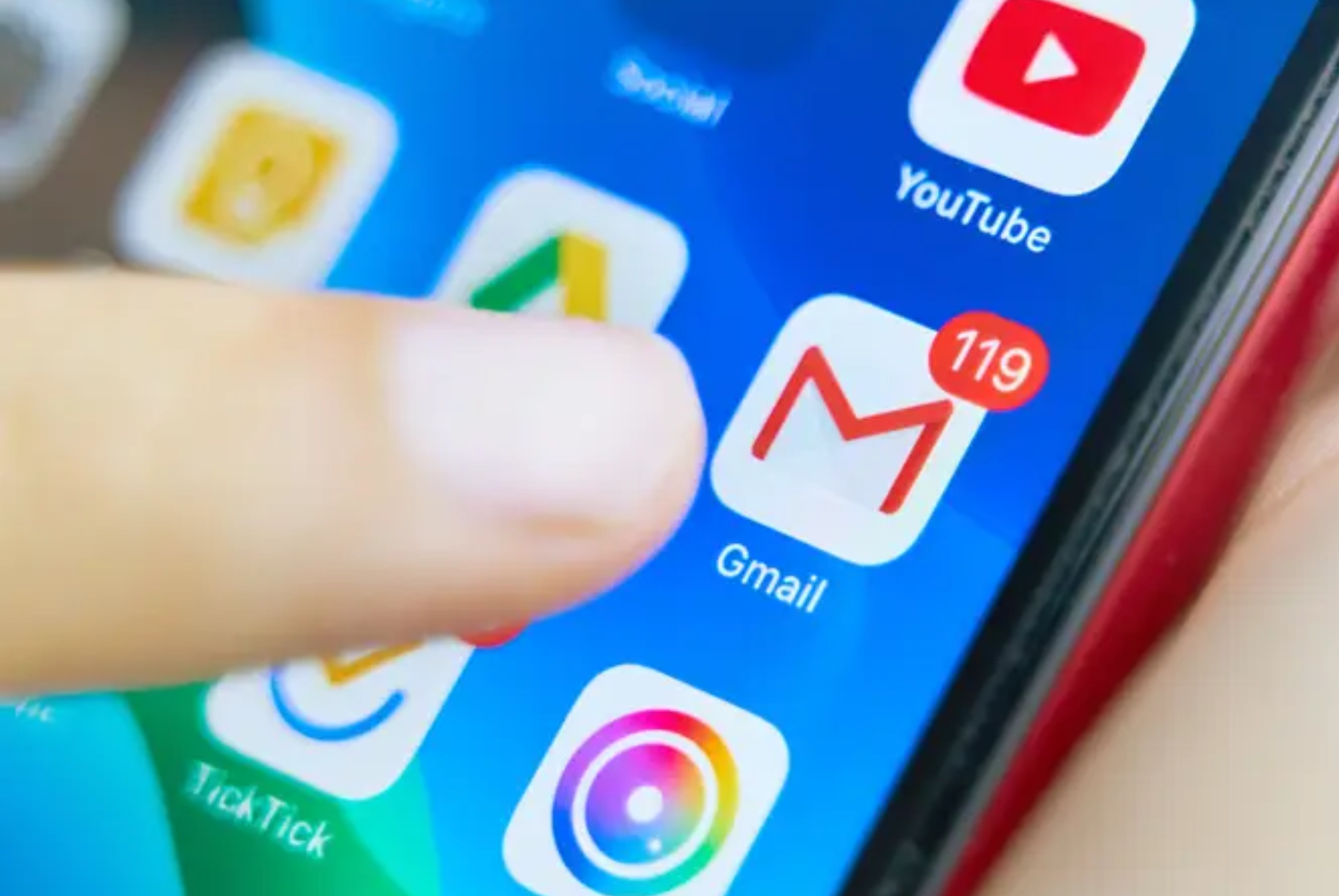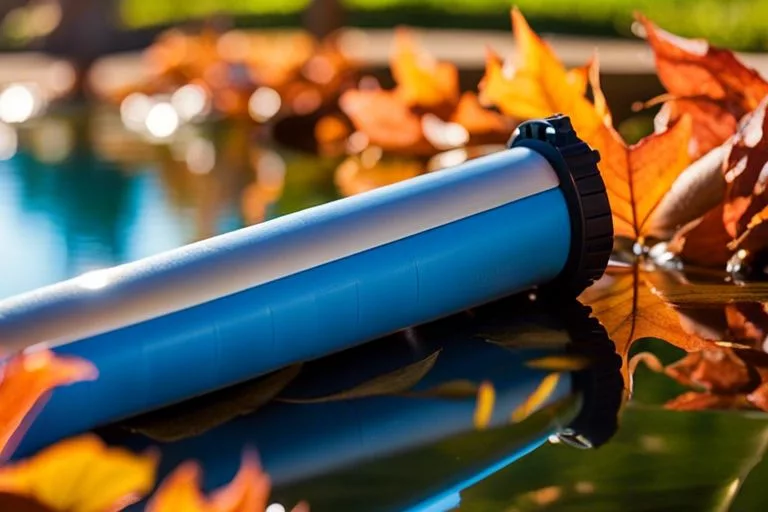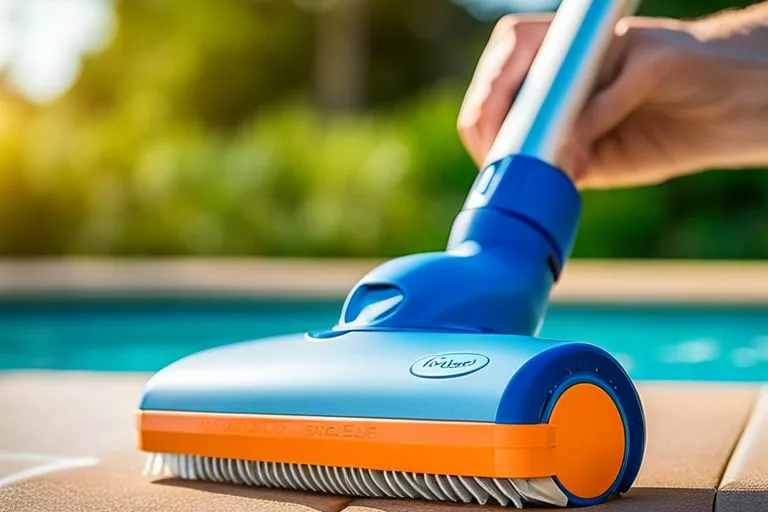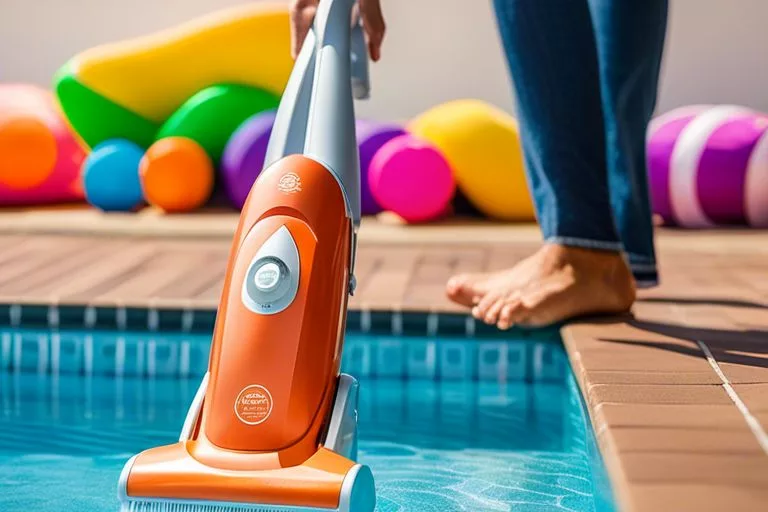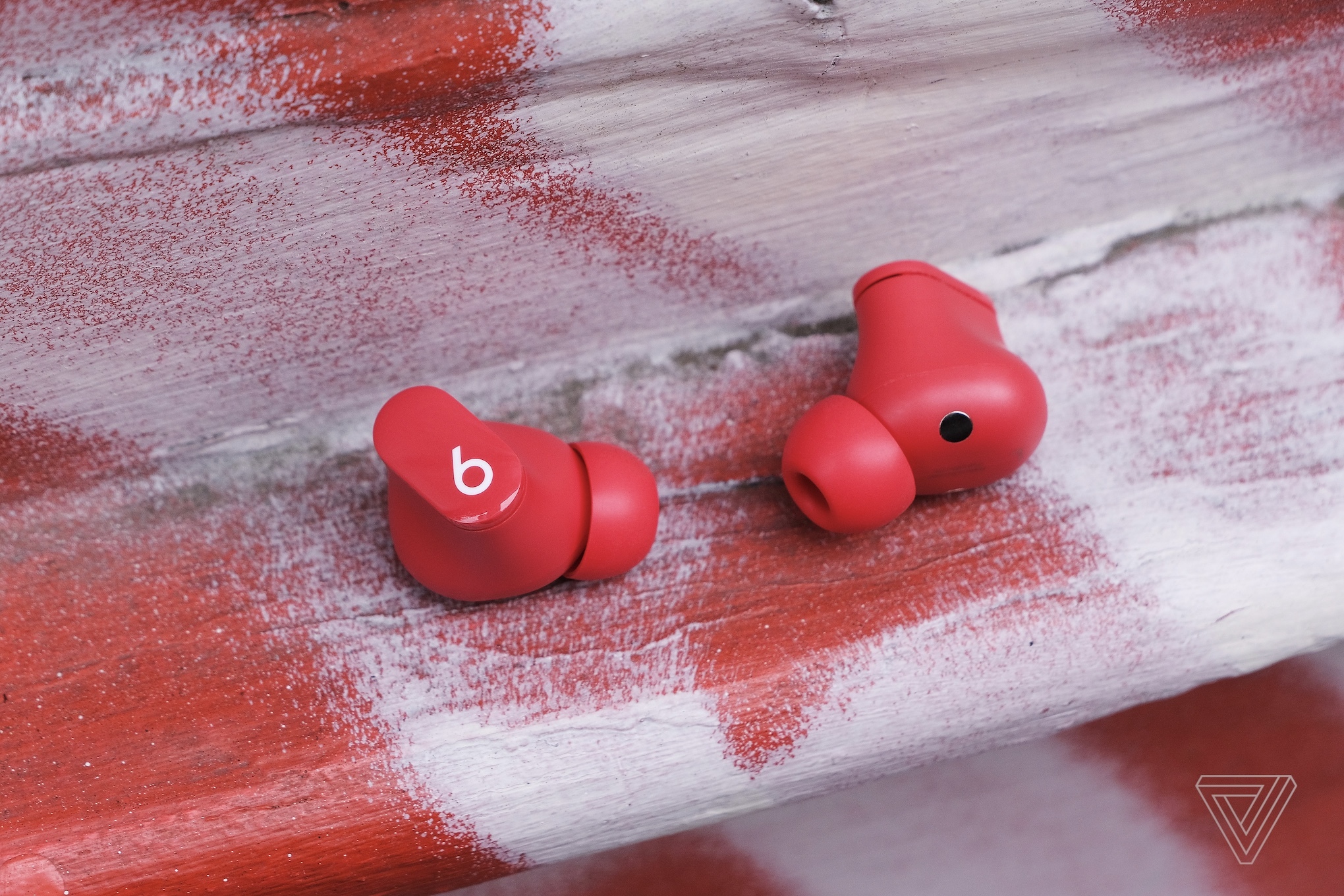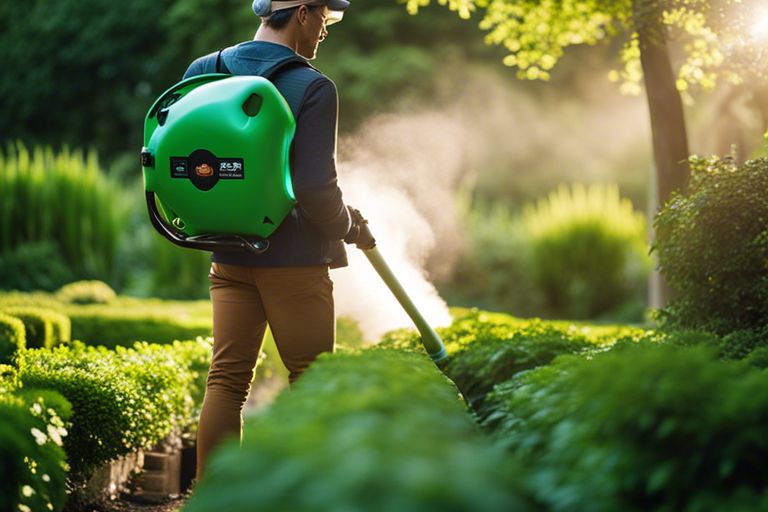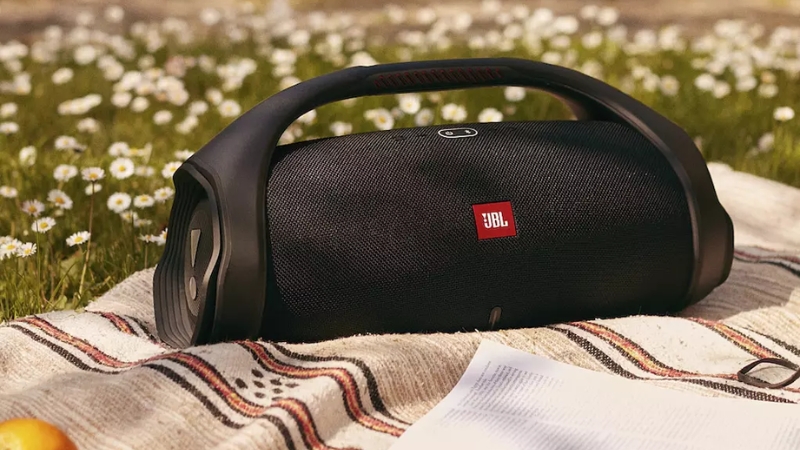As a parent, you may be wondering whether in-ear headphones are safe for your children to use. With the increasing popularity of these headphones, it’s important to consider the potential risks associated with their usage. According to Earbuds (for Teens) – , using in-ear headphones at high volumes can lead to hearing damage in children, whose ears are more sensitive than adults. However, if used safely and responsibly, in-ear headphones can provide a convenient and portable way for your children to enjoy their favorite music and shows. This blog post will explore the potential hazards of in-ear headphones for children, as well as provide tips for safe usage.
Contents
Key Takeaways:
- Volume control is essential: In-ear headphones can potentially cause hearing damage if the volume is too high, so it’s important for children to use headphones with built-in volume control or have their parents monitor the volume level.
- Proper fit is crucial: Ill-fitting in-ear headphones can cause discomfort and may lead to long-term issues with the ear canal. Parents should ensure that the headphones fit properly and do not cause any pain or discomfort for their children.
- Limiting usage is recommended: While in-ear headphones can be safe for children to use in moderation, it’s important for parents to encourage breaks and limit the amount of time their children spend using headphones to prevent potential long-term damage to their hearing.
The Science of Sound and Hearing
Obviously, in order to understand the safety of in-ear headphones for children, it is important to have a basic understanding of sound and how it affects our hearing. Sound is created by vibrations that travel through the air as sound waves. These waves are collected by our ears and converted into electrical signals that our brain interprets as sound. The sensitivity of our hearing can be affected by various factors, including the volume and duration of sound exposure.
How Sound Waves Affect Our Ears
When sound waves enter your ear, they cause your eardrum to vibrate. These vibrations are then passed through three tiny bones in your middle ear before reaching the cochlea, a fluid-filled structure lined with thousands of tiny hair cells. These hair cells convert the vibrations into electrical signals, which are then sent to your brain. Exposure to loud sound can damage these hair cells, leading to hearing loss. It’s important to be mindful of the volume and duration of sound exposure to protect your hearing.
The Role of Headphones in Amplifying Sound
When you listen to music or other audio using headphones, the sound is delivered directly into your ear canal, bypassing the natural sound-dampening effect of the outer ear. In-ear headphones, in particular, sit close to the eardrum, which can result in the sound being amplified. This means that if the volume is too high, it can potentially cause damage to the delicate hair cells in the cochlea. Additionally, using headphones for extended periods can also contribute to hearing damage due to prolonged exposure to loud sound.
Analyzing the Safety of In-Ear Headphones for Children
Now, let’s delve into the safety aspects of in-ear headphones for children. As a parent, it’s important to understand the potential risks and benefits associated with allowing your child to use in-ear headphones.
Potential Risks Involved in Excessive Use
Excessive use of in-ear headphones can pose certain risks to your child’s health. One of the main concerns is the potential damage to their hearing. The close proximity of the headphone speakers to the eardrums can increase the risk of noise-induced hearing loss, especially if the volume is set too high. Additionally, using in-ear headphones for extended periods can also increase the risk of ear infections, as the earbuds can trap moisture and create a breeding ground for bacteria.
Recent Studies and Research Findings on In-ear Headphones Use
Recent studies have shed some light on the potential dangers of in-ear headphones for children. One study found that a significant number of teenagers experienced some degree of hearing loss due to prolonged use of in-ear headphones at high volumes. Another research revealed that using in-ear headphones for more than an hour a day significantly increased the risk of developing ear infections, particularly in children with a history of ear problems.
Ways to Ensure Safe Use Of In-Ear Headphones
However, there are steps you can take to ensure that in-ear headphones are used safely by your children. By following certain guidelines and implementing parental supervision, you can make sure that your child’s experience with in-ear headphones is safe and enjoyable.
Guidelines for Volume and Duration of Use
When it comes to in-ear headphones, it is crucial to monitor both the volume and the duration of use. Listening at high volumes for extended periods can lead to hearing damage, especially in children whose ears are still developing. As a rule of thumb, you should encourage your child to listen at a volume that allows them to hear conversations around them. Additionally, limit the duration of headphone use to no more than one hour at a time, with breaks in between to give their ears a rest.
Tips for Parents to Monitor and Regulate Use
As a responsible parent, it is important for you to monitor and regulate your child’s use of in-ear headphones. Set clear rules and boundaries regarding when and where headphones can be used, such as not allowing them to be worn during family meals or while crossing the street. You should also regularly check in with your child about their headphone usage, asking about the volume levels they are using and making sure they are taking breaks. Consider using parental control features on devices to limit the maximum volume that can be reached. Perceiving any signs of discomfort or hearing issues, such as ringing in the ears, should prompt you to restrict headphone usage and seek medical advice.
”
Are In-Ear Headphones Safe for Children to Use?
”
Upon reflecting on the safety of in-ear headphones for children, it is important to consider the potential risks associated with prolonged usage. While in-ear headphones can provide immersive audio experiences, they also pose potential risks to the delicate ears of children. It is advisable to monitor the volume and duration of headphone use to prevent potential hearing damage. Additionally, ensuring a proper fit and cleanliness of the headphones can help reduce the risk of ear infections. Ultimately, it is important to prioritize the health and well-being of your child when considering their use of in-ear headphones.
FAQ
Q: Are in-ear headphones safe for children to use?
A: In-ear headphones can be safe for children to use if used at a reasonable volume and for limited periods of time. It is important for parents to monitor their children’s use of in-ear headphones to prevent potential hearing damage.
Q: What are the potential risks of children using in-ear headphones?
A: The main risk of children using in-ear headphones is the potential for hearing damage due to excessive volume and prolonged use. In-ear headphones can also pose a choking hazard for younger children if not used properly.
Q: How can parents ensure the safe use of in-ear headphones by their children?
A: Parents can ensure the safe use of in-ear headphones by educating their children about the importance of using them at a low volume and taking breaks from listening. It is also important for parents to supervise their children’s use of in-ear headphones and to invest in quality, properly-fitting earbuds to minimize the risk of hearing damage.

